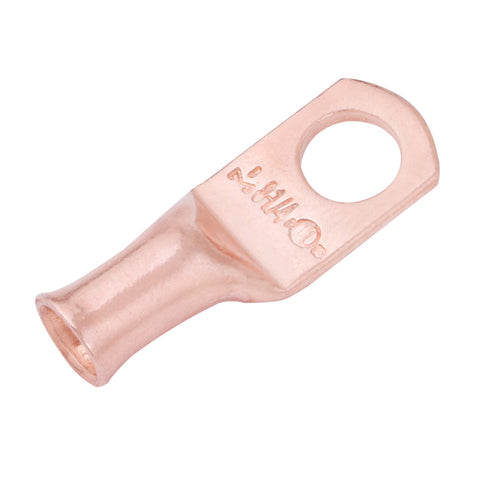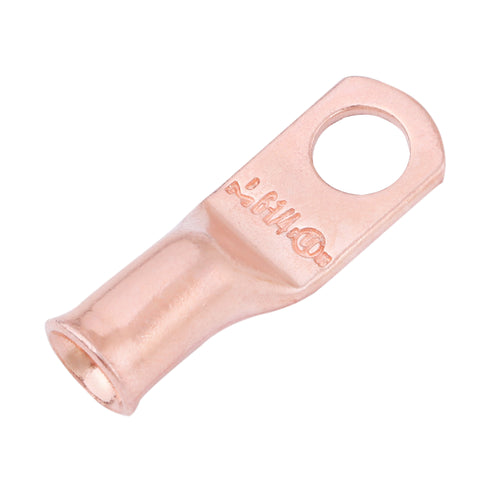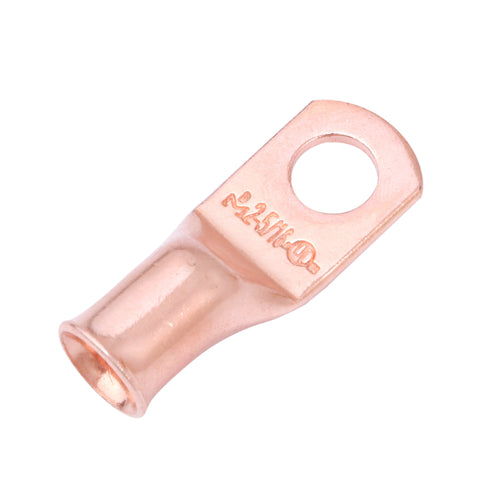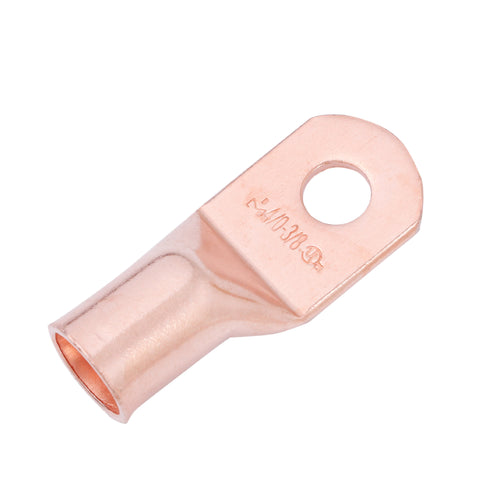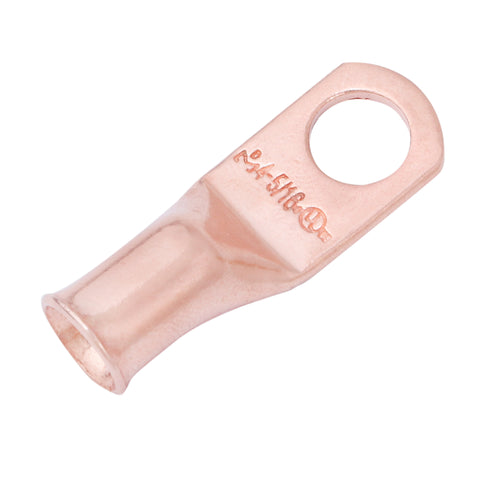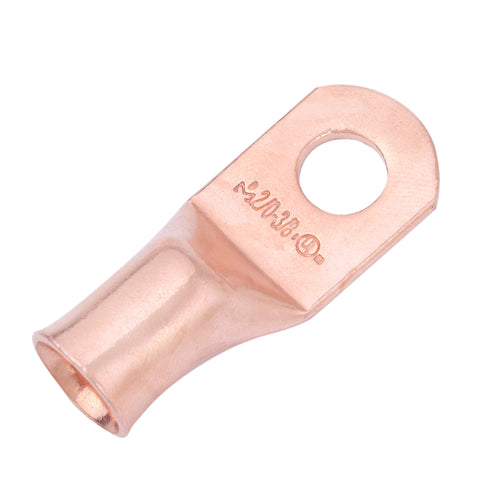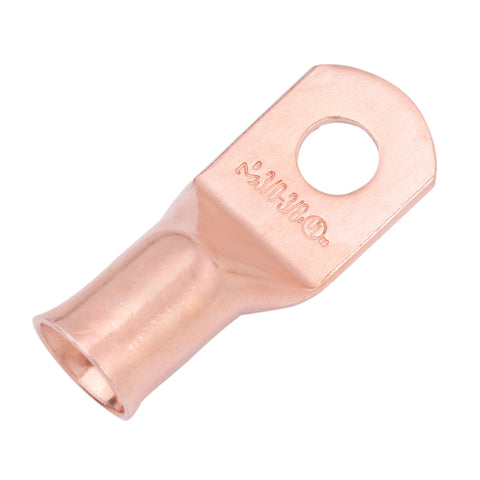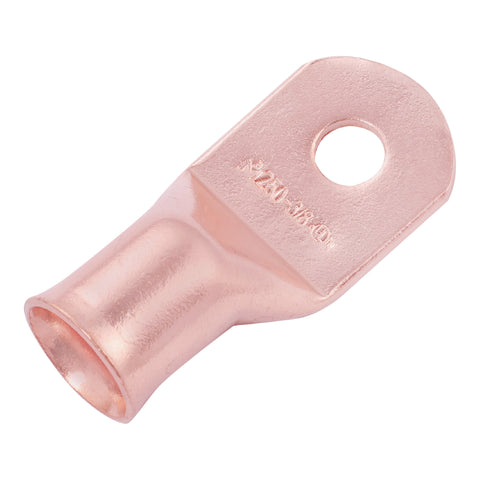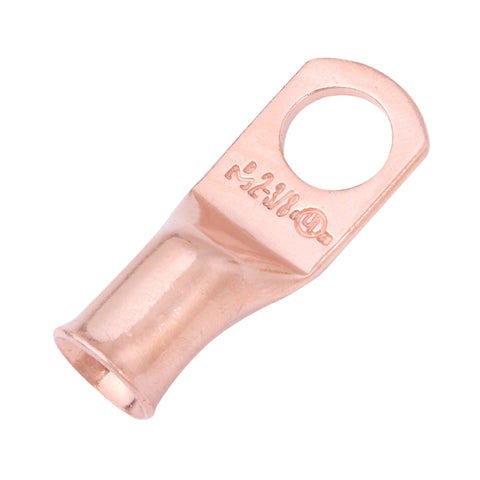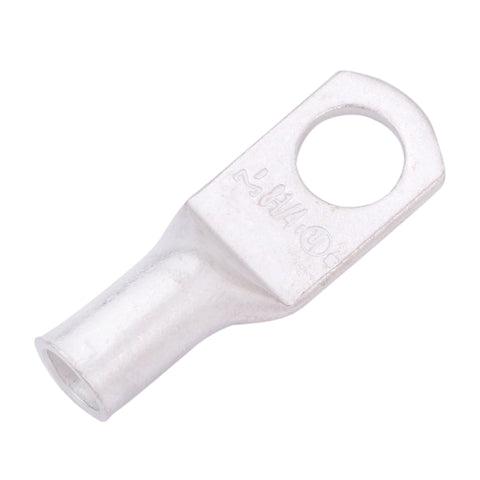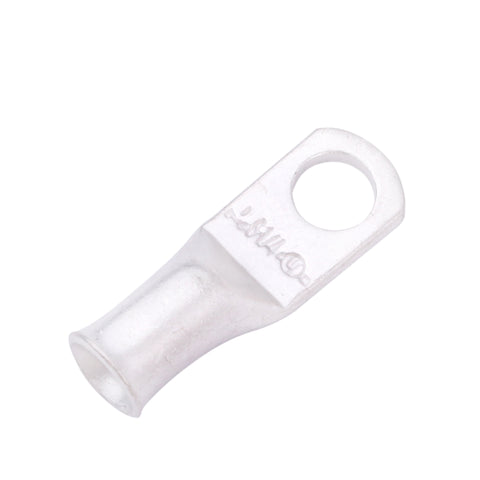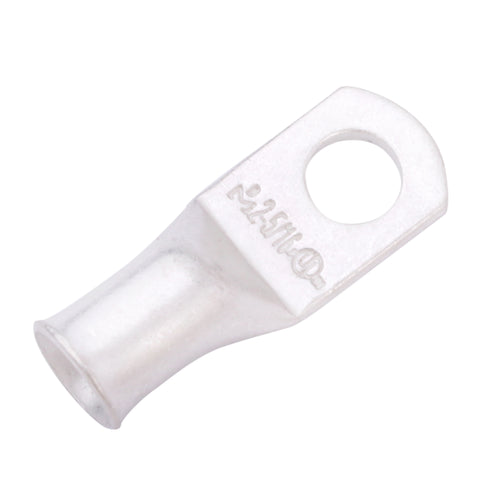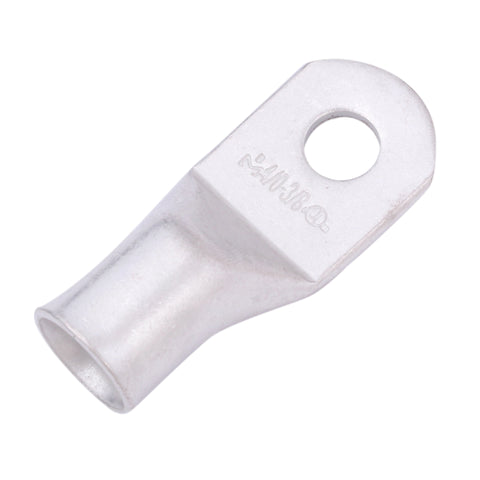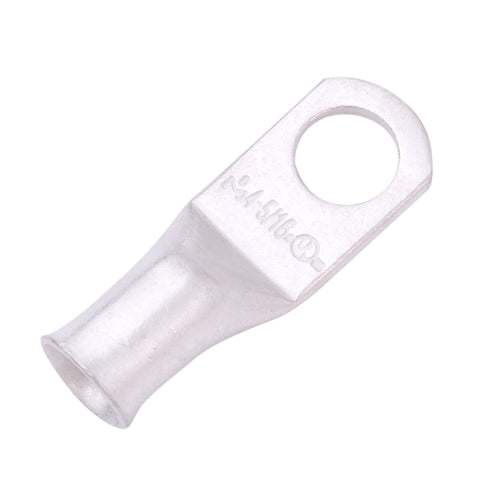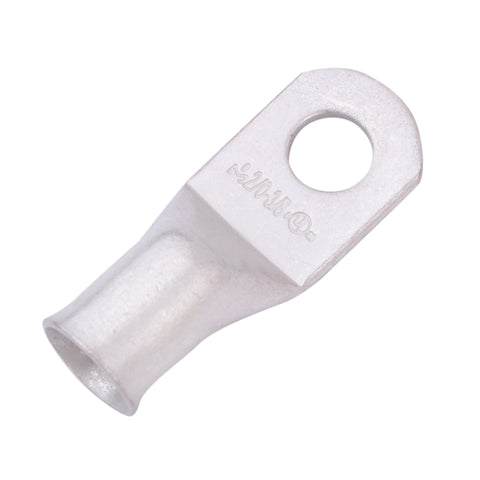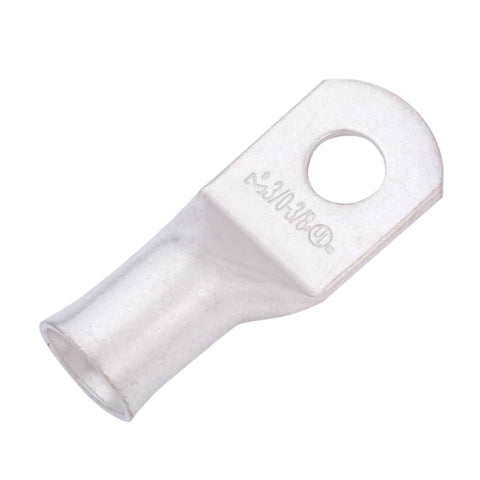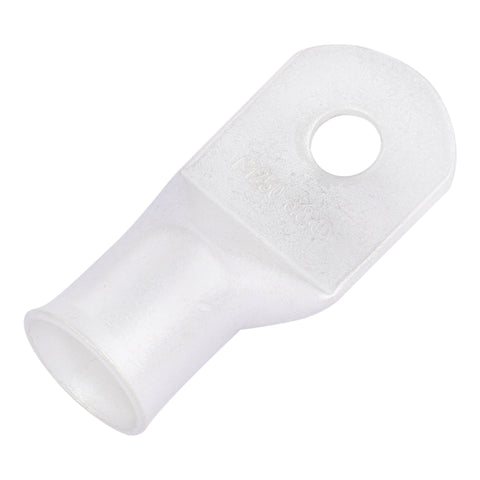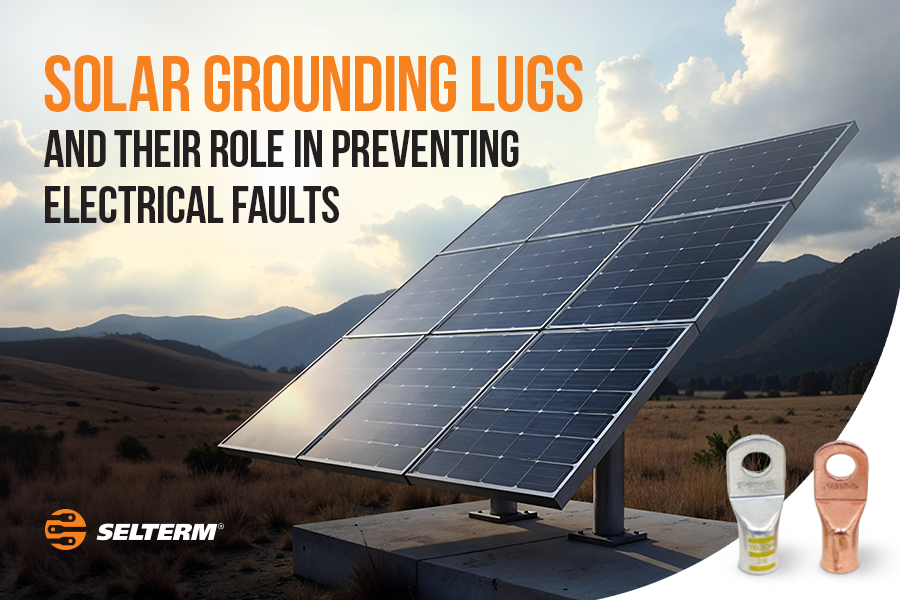
Solar Grounding Lugs and Their Role in Preventing Electrical Faults
In the world of solar energy, efficiency and performance often take the spotlight—but behind the scenes, safety is the unsung hero. One of the most critical components ensuring safety is the solar grounding lug. These small but mighty devices play a big role in preventing electrical faults, protecting equipment, and even saving lives.
Whether you're a seasoned installer, a solar project manager, or a DIY enthusiast, understanding the function and importance of solar panel grounding lugs is essential. In this blog, we’ll break down what grounding lugs are, why they matter, and how to select the right type for your system.
👉 Explore SELTERM's Solar Grounding Lugs Collection
What Are Solar Grounding Lugs?
A solar grounding lug is a mechanical connector that secures the bare copper grounding wire to a metal surface—typically the frame of a solar panel or mounting rail. It's a vital part of a grounding system that ensures all metal components in a solar array are electrically bonded and safely connected to the earth.
These lugs are typically made from high-conductivity materials like copper grounding lugs and designed to endure harsh environmental conditions, including UV exposure, temperature swings, and corrosion.
Why Is Grounding So Important in Solar Installations?
Proper grounding protects both people and property. Here's how solar wire lugs play a pivotal role:
⚡ Preventing Shock Hazards
If there's a fault in the wiring or a surge from lightning, grounding gives that energy a direct, low-resistance path to earth—reducing the risk of shock.
🔥 Reducing Fire Risk
Loose or broken electrical connections can generate heat. Grounding helps stabilize the electrical potential and prevents sparks that can ignite fires.
🛠 Protecting Equipment
Without proper grounding, sensitive solar equipment and inverters are more vulnerable to voltage spikes, which can damage electronics or degrade performance.
📜 Ensuring Code Compliance
The National Electrical Code (NEC) requires that exposed conductive parts in PV systems be grounded to meet safety regulations.
How Do Solar Grounding Lugs Work?
Here’s how solar panel grounding lugs function as part of the larger safety system:
-
Mechanical Bond:
The lug clamps onto a conductive metal surface—usually the panel frame or racking system. -
Electrical Connection:
A bare solar wire lug is inserted into the lug and secured with a screw or bolt. -
Path to Ground:
The grounding wire runs back to a central ground rod or grounding electrode, providing a continuous, low-resistance path for fault current. -
Continuity Across Panels:
Grounding lugs are often used alongside bonding jumpers to ensure all components in a multi-panel array are electrically connected.
Key Features to Look For in a Solar Grounding Lug
When choosing a solar grounding lug, quality and compatibility are everything. Look for these essential features:
✔️ Material
Choose copper grounding lugs or tinned copper for excellent conductivity and corrosion resistance. Copper also provides superior heat dissipation.
✔️ UV and Weather Resistance
The lug should withstand direct sunlight, rain, snow, and temperature swings without degrading over time.
✔️ Compatibility
Ensure the lug is sized appropriately for your solar wire lugs (commonly 6 to 10 AWG) and compatible with the frame thickness of your solar panels or racking system.
✔️ UL Listing or NEC Compliance
A listed or certified grounding lug ensures you're using a product that meets industry safety standards.
💡 Pro Tip: SELTERM’s solar grounding lugs are UL-listed and designed specifically for PV mounting systems.
Common Applications for Solar Grounding Lugs
Whether residential, commercial, or utility-scale, solar grounding lugs are used in nearly every type of photovoltaic installation:
- Rooftop Solar Arrays
- Ground-Mounted Solar Farms
- Off-Grid Solar Systems
- RV or Marine Solar Kits
- Battery Storage Units
In each of these, ensuring proper grounding is critical to system longevity and user safety.
Installation Tips for Maximum Effectiveness
To get the most from your grounding system:
🪛 Clean the Surface
Before installing the lug, remove paint, oxidation, or dirt to ensure metal-to-metal contact.
🔩 Torque Properly
Use a torque wrench to tighten the lug according to the manufacturer’s specs. Over-tightening can strip threads; under-tightening can result in poor contact.
🌧 Use Anti-Oxidation Compound
For outdoor or coastal environments, apply a conductive anti-oxidation paste between the lug and the panel frame to prevent corrosion.
🔁 Check Regularly
Inspect lugs annually for corrosion, loosening, or wear—especially in areas with extreme weather or vibration.
Why SELTERM Solar Grounding Lugs?
At SELTERM, we take solar safety seriously. Our solar grounding lugs are:
✅ UL Listed and NEC Compliant
✅ Made from premium tinned copper for durability and conductivity
✅ Corrosion-resistant for long-term outdoor use
✅ Designed for fast, secure installation
✅ Compatible with standard wire gauges and panel frames
👉 Browse the Full Solar Grounding Collection
Whether you’re installing one panel or 100, you can trust SELTERM to keep your system grounded—literally.
Final Thoughts
While solar panels generate clean energy from the sun, safety should never be taken lightly. Electrical faults, voltage surges, and equipment damage can all be mitigated by something as simple as a solar grounding lug. By selecting high-quality components and installing them correctly, you protect your system—and more importantly, the people around it.
Whether you’re designing a rooftop system or managing a utility-scale solar farm, solar panel grounding lugs are the quiet protectors of your power production.
Power Up Safely
👉 Shop SELTERM Solar Grounding Lugs Now

